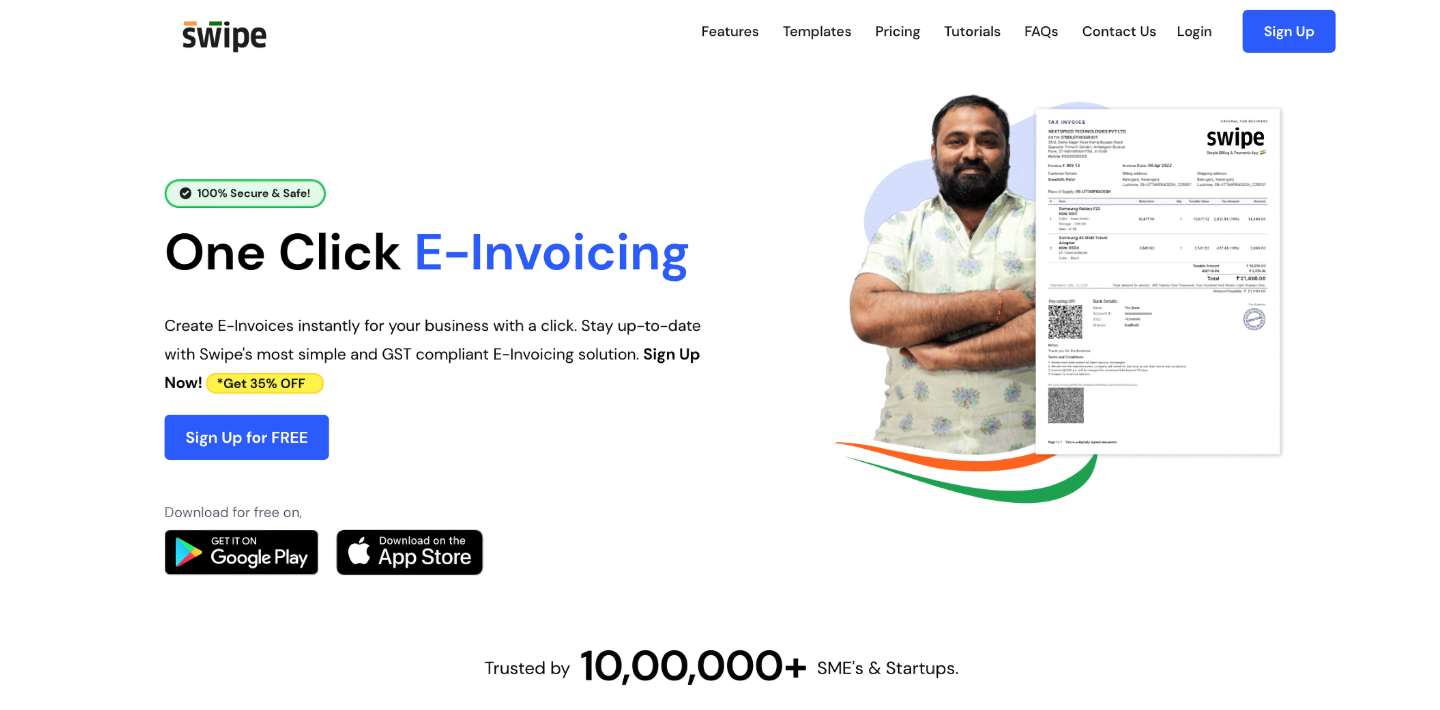
Maybe you started your business a few years ago, or even more recently. Most of your transactions were online, and your phone system was the last thing on your mind. Maybe you set one up, or perhaps used a Google phone number, and simply answered calls on your phone.
However, suddenly business is booming, and more of your customers are contacting you by phone. You have employees now, and they need to be able to answer the phone as well, but most of them work remotely. How do you handle this new, large volume of calls?
One of the simplest and least expensive ways is to set up one of the many business VoIP systems available and use your computer to answer the phone. This offers you a number of options you would not have with a traditional phone system, including letting you keep the mobility of both your office and your employees. How does it work?
Call Forwarding
Business VoIP systems offer the option of call forwarding, and this can work in several different ways. Here are a few for you to consider.
- Forwarding to a Single Phone: This is call forwarding at its simplest. If you are not available to answer the phone, you can have calls forwarded to a designated employee who will take the calls. This may not be practical in the case of a higher volume of calls, but it can help relieve some of the pressure on you.
- Forwarding to Multiple Phones: This option forwards the call to several phones. If one does not answer, it gets forwarded to the next phone in the line, until someone answers.
- Forwarding to a Call Tree: This is essentially a first come, first serve basis. Calls are forwarded to several phones, and whoever answers first gets the call. The same happens with the next call, and then the next.
The last two systems are the best for dealing with multiple calls and are easily set up with a VoIP system.
Voice Mail and a Return Call System
Any calling system can be set up with a voice mail system, but inboxes can rapidly fill up, and it is easy to miss someone you need to call back, or even forget to return a call. There is a better way.
With the right business VoIP system, you can set up an automated answering service that offers the option for the customer to receive a call back as soon as someone is available, or even at a later appointment time. This lets the customer know they are truly important, saves them potential wait times on hold, and help you better organize employees time.
Possible Drawbacks
As with any phone system, a VoIP system is not right for everyone. In order for it to work, you need to have a fast, dedicated internet line. Should the internet go down for some reason, so does your phone system.
Internet that is slow or overloaded can cause a delay in voice communication. Although this is rare, it can occur on either end, and can be potentially frustrating for the caller and your employee. The solution to this may be to limit the number of calls that can be handled by your system before they are routed to voicemail or your automated answering systems.
Other Solutions
Besides business VoIP systems, there are also traditional phone systems that can work really well. They are more location tied, although some do offer call forwarding and other advanced options, but they may require more technical know-how and set up.
They are also usually more expensive. They require that you purchase specific phones that work with the hardware and software you have available or that is offered by your phone provider. Multiple lines typically carry a cost, and systems are still limited in scope.
Still, it is good to know what those systems are, and explore how they work, and what will work best for you and your business and employees. No one phone solution is right for all companies of all sizes.
The Issue of Scale
Whatever system you choose, the primary issue is that of scale. If you are experiencing a high volume of calls, now, you will probably continue to do so. In fact, the likelihood is that those numbers will increase over time. This means the system you choose must be able to scale to keep up.
Increasing the capacity of a VoIP system is often a simple matter of upgrading internet speed or bandwidth or adding additional dedicated lines. Traditional systems also offer various means to scale to a larger volume of callers as well. The cost of expanding each should be evaluated, but choosing the right system in the first place can save you a great deal of trouble in the long run, as there will be no need to swap systems when you are busy.
Conclusion
In the end, you will be the one who has to decide what phone system is right for you, and what will work best for your company. Just keep these things in mind when you start receiving a high volume of calls, and you need to best determine how to deal with them.
Did you find the information in this article helpful? Leave a comment with your thoughts in the section below.















